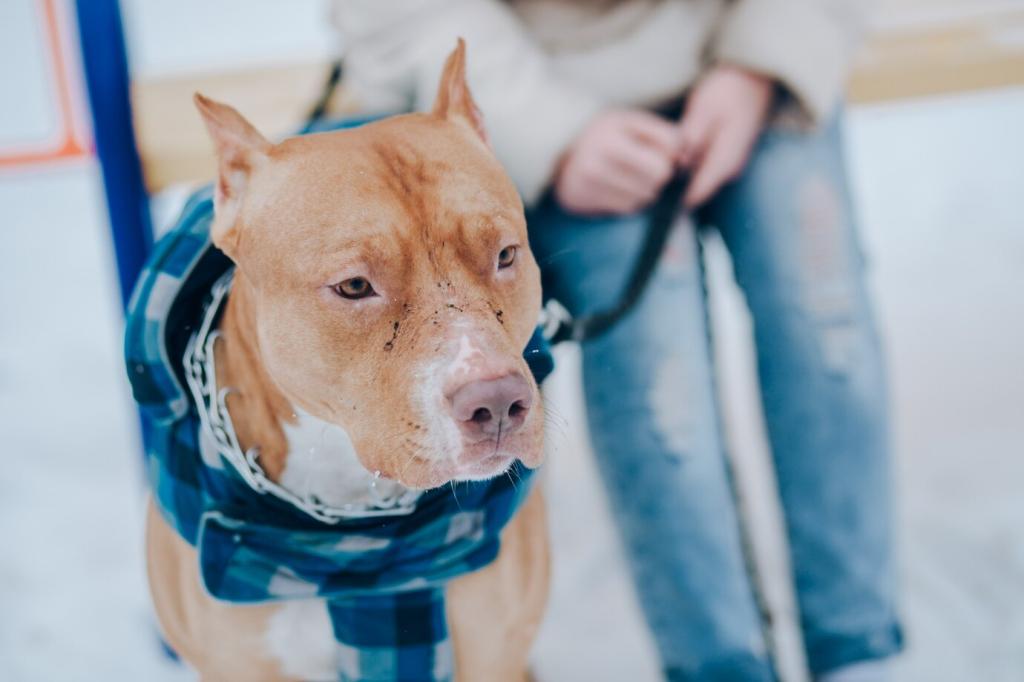
Heatstroke in Pets: Signs and Treatment — Your Calm, Clear Guide for Hot Days
Selected theme: Heatstroke in Pets: Signs and Treatment. When temperatures spike, minutes matter. This friendly guide explains the warning signs, urgent first aid, and veterinary care that save lives. Stay engaged as you read—leave questions, share your experience, and subscribe for quick seasonal reminders that keep your best friend safe.
What Heatstroke Is and Why It Escalates Quickly
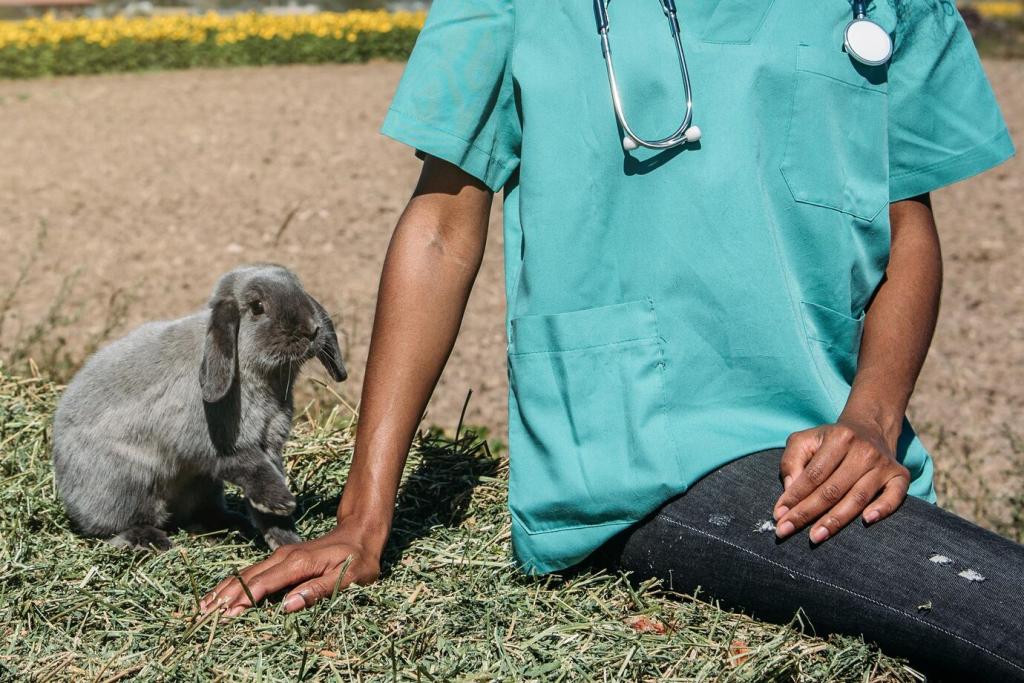
Inside the Overheated Body
As a pet’s core temperature surges past roughly 104–106°F (40–41.1°C), cells become stressed, the gut barrier leaks toxins, and harmful clotting can begin. The faster you start safe cooling and veterinary care, the better the outcome. Share how you monitor your pet’s temperature during heatwaves.
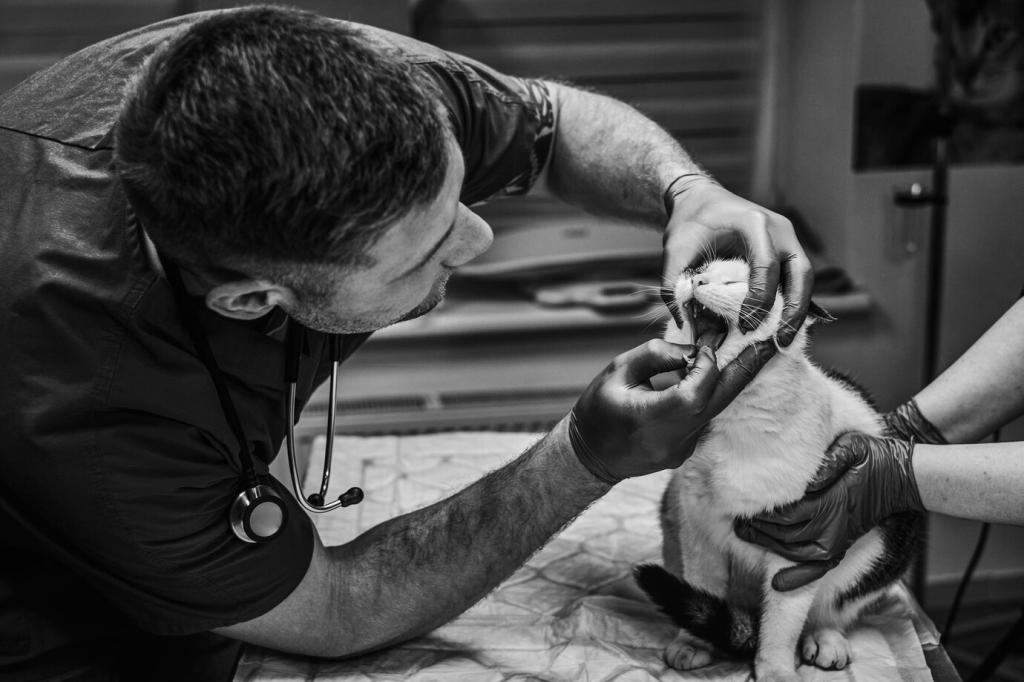
Heat and Humidity: The Hidden Combo
Panting works by evaporating moisture from the tongue and airways. High humidity interferes with evaporation, meaning even moderate heat can overwhelm pets. That is why a muggy 85°F day can feel deadly. Notice this in your area? Tell us how you adjust walks when humidity climbs.
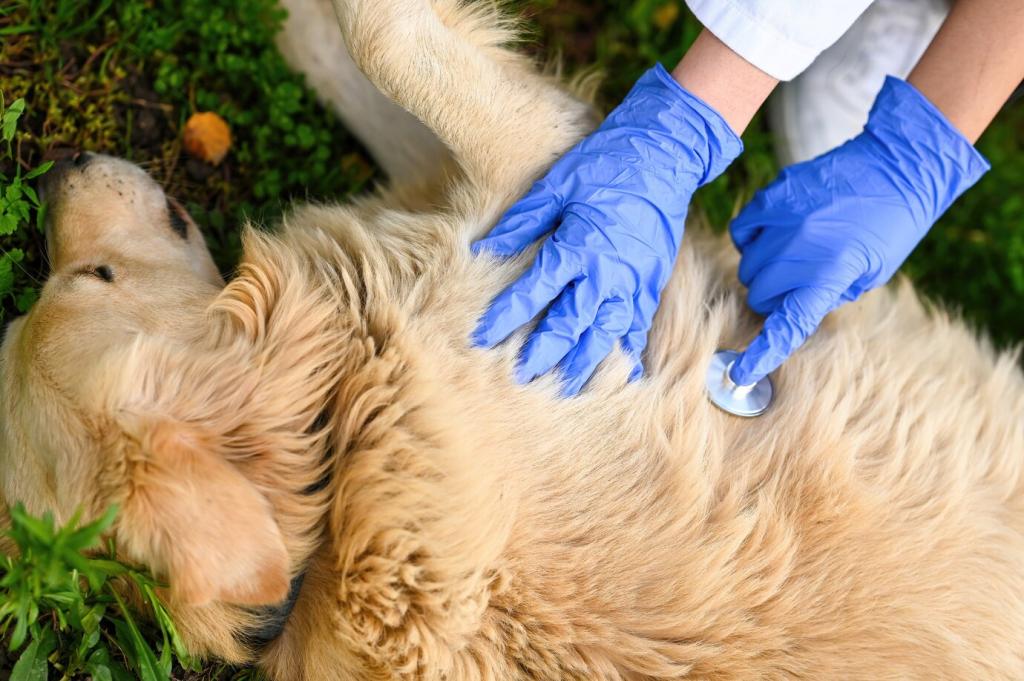
Who Is at Highest Risk?
Flat-faced breeds, thick-coated dogs, seniors, puppies, overweight pets, working or very energetic dogs, and animals with heart or respiratory disease are especially vulnerable. Cats, rabbits, and small mammals also overheat quickly. If your pet fits any risk group, share their routine so others can learn practical safeguards.
Early Warning Signs You Must Not Ignore
Restlessness, anxiety, seeking cool surfaces, or suddenly refusing to move can precede obvious distress. Watch for a glassy stare, pacing, or a pet that keeps repositioning to find air. Have you noticed a specific early behavior in your pet? Share it so others can spot it sooner.
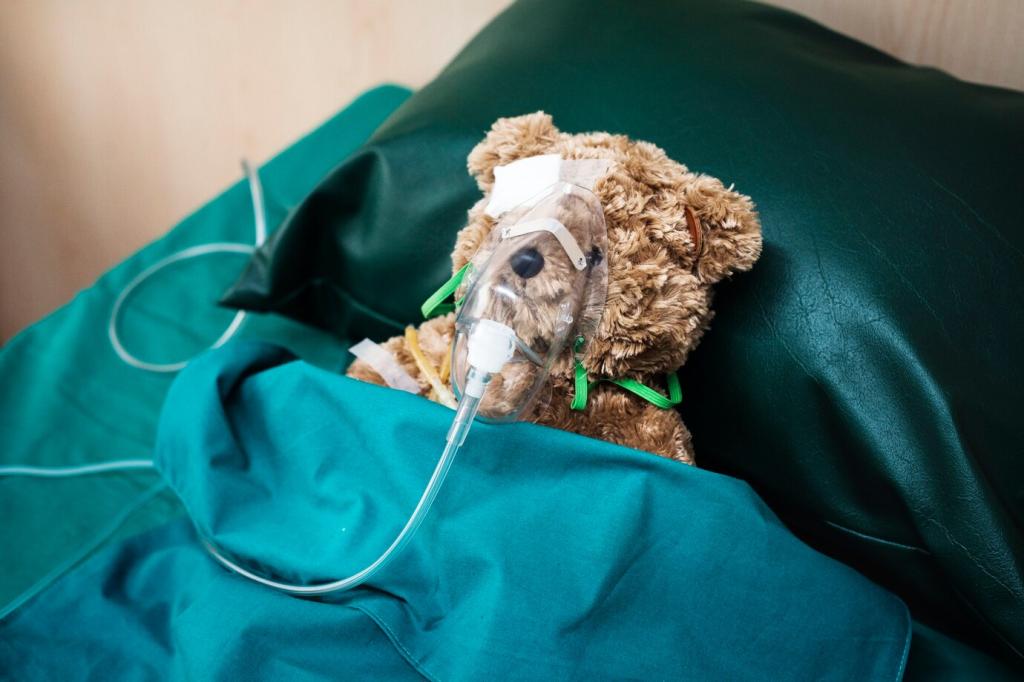
Your 60-Second Action Plan
Move your pet to shade or air conditioning, start fans, wet the coat with cool—not icy—water, and place damp cloths on belly, armpits, and groin. Offer small sips if fully conscious. Call your vet, begin driving, and continue cooling on the way. Save these steps in your phone notes.
Cooling Safely Without Causing Shock
Avoid ice baths and very cold water, which can constrict vessels and trap heat. Use cool water, steady airflow, and gentle massage to help evaporation. Stop active cooling around 103°F to prevent hypothermia. Share your preferred safe-cooling setup at home or in the car for quick reference.
Common Mistakes to Avoid
Do not delay transport while attempting prolonged at-home cooling. Do not force water, apply alcohol to paws, or give painkillers without veterinary guidance. Never muzzle a panting dog unless safety absolutely requires it. Have you seen a myth in action? Post it below so we can debunk it together.
At the Veterinary Clinic: What to Expect
Your veterinary team may provide oxygen, intravenous fluids, controlled cooling, anti-nausea medication, and continuous temperature monitoring. They can run blood tests to assess clotting, electrolytes, kidney values, and organ function. In severe cases, they may address brain swelling. Hearing this plan beforehand helps you stay composed.
Ask about current temperature, lab changes, expected hospitalization time, risks of kidney or gut injury, and when to schedule rechecks. Clarify medications and activity restrictions. Keep these questions in your wallet or phone. Share any additional questions you found helpful so others can copy your list.
Expect rest, quiet, frequent water access, temperature checks, and careful monitoring for vomiting, dark urine, lethargy, or tarry stools. Follow medication schedules precisely. If anything worries you, call your vet early. Post your recovery tips—cool resting spots, meal adjustments, and gentle enrichment ideas—for fellow readers.
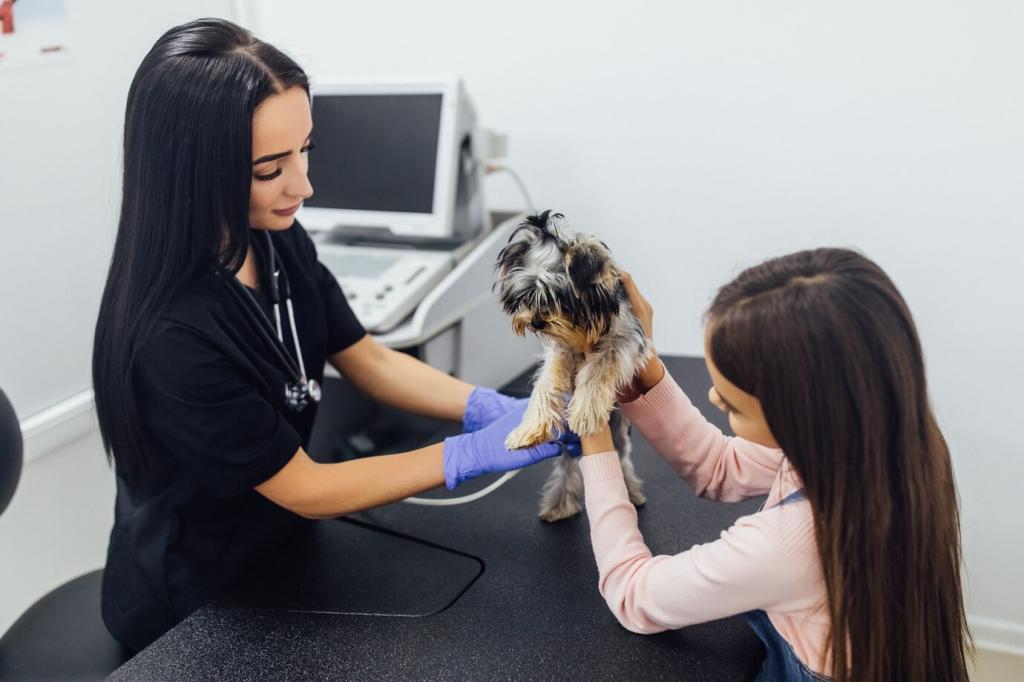
Prevention That Works in Real Life
Walk at sunrise or late evening, test asphalt with your palm, choose shade-rich routes, and keep sessions short. Swap fetch for scent games indoors. Schedule grooming wisely to help airflow without shaving coats unsafely. Comment with your pet’s routine so others can adapt it to their climate.
Prevention That Works in Real Life
Cooling mats, damp bandanas, shade tarps, fans, kiddie pools, and evaporative coolers can reduce heat load. Remember airflow matters as much as temperature. Build a breezy rest zone with water nearby. What gear has truly helped your pet? Share your setup to inspire safer backyards and balconies.
Stories, Myths, and Community Action
Milo’s Close Call: A Short Rescue Story
On a sticky afternoon, Milo the Labrador collapsed after an enthusiastic backyard dash. His neighbor moved him into shade, wet him with cool hose water, positioned a fan, and called the clinic while driving. Milo recovered fully. If you have a success story, tell it—your steps could save another life.
Myths Versus Facts
Myth: dogs sweat enough through paws to cool the whole body; fact: panting is primary. Myth: ice baths are best; fact: cool, gradual methods win. Myth: short-coated pets are safe; fact: any pet can overheat. Add a myth you have heard so we can correct it together.
Join the Community: Learn, Share, Prepare
Comment with your pet’s breed and local climate so we can tailor tips. Subscribe for a concise hot-weather checklist and quick vet-ready questions. Share this guide with friends planning summer outings. Your participation keeps this knowledge circulating when it matters most—before the next heatwave hits.
